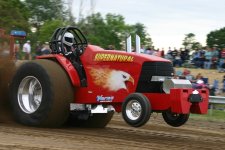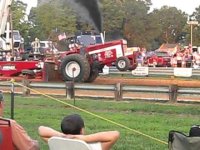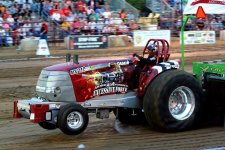CalG
Super Member
- Joined
- Sep 29, 2011
- Messages
- 9,185
- Location
- vermont
- Tractor
- Hurlimann 435, Fordson E27n, Bolens HT-23, Kubota B7200, Kubota B2601
Wow. I can guarantee none of those dudes did any vector analysis. Half of them are pulling from well above the axle. At least one of them is dead for sure.
When BOTH are pulling high, Is there increased danger to either? **** vectors!



